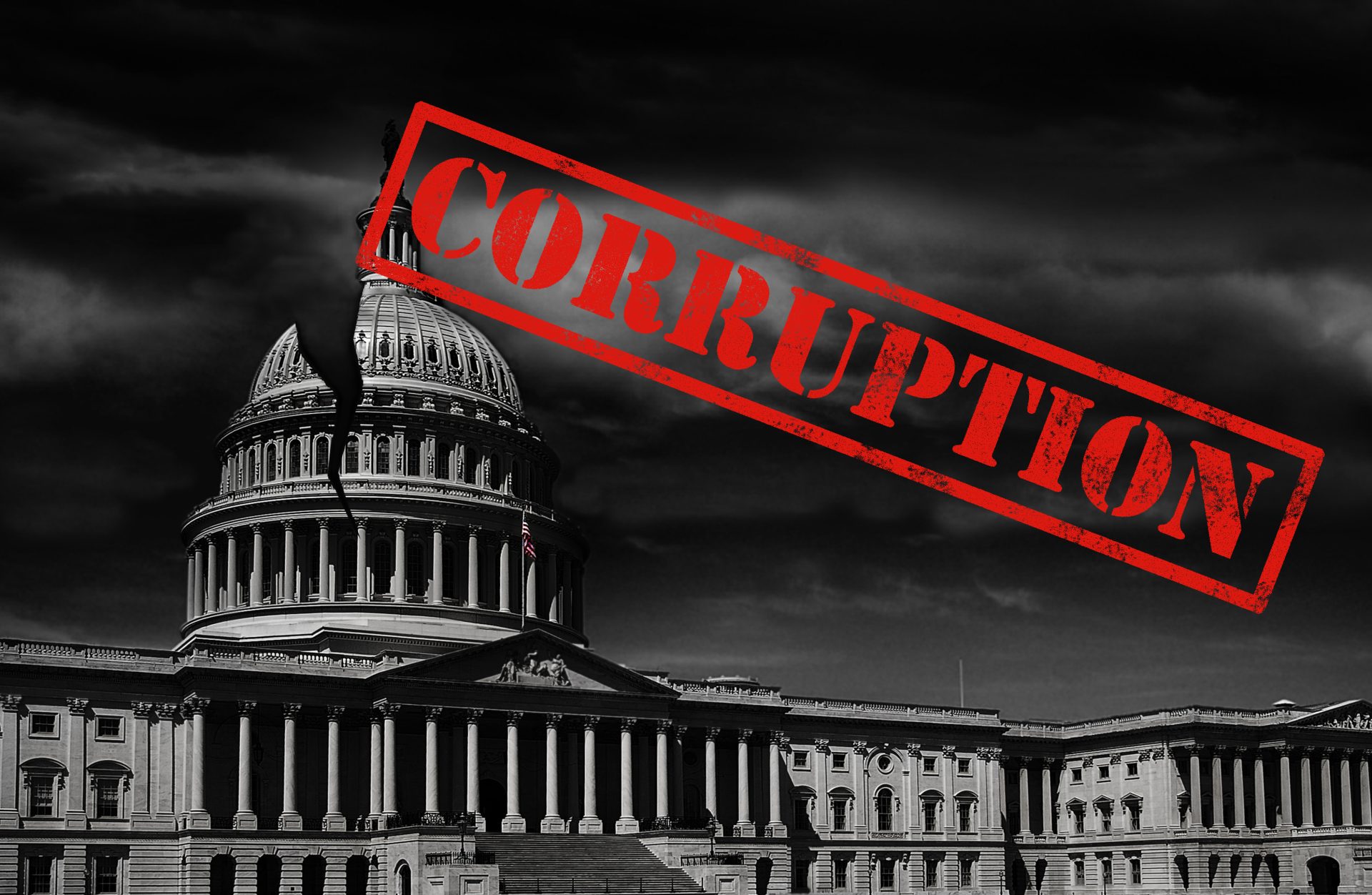
Is Big Government Inherently CORRUPT?
Public corruption is thriving in America’s biggest bureaucracies, fueling convictions and public distrust in sprawling urban power centers, according to a conservative think tank.
At a Glance
• Corruption is highest in areas with large bureaucracies, such as Washington, D.C. and New Orleans.
• States with smaller governments, like New Hampshire, report lower corruption rates.
• Recent high-profile convictions include Los Angeles’ José Huizar and Baltimore’s Joseph Gillespie.
• The Cato Institute, a libertarian-leaning think tank, advocates for smaller government as a remedy for corruption.
• DOJ data from 2004 to 2023 reveals clear links between government size and corruption rates.
The Bureaucracy-Corruption Nexus
A sweeping analysis by the Cato Institute, covering Department of Justice data from 2004 to 2023, has reignited the debate over government size and corruption. The study points to a glaring reality: the bigger the bureaucracy, the more corruption tends to thrive. Washington, D.C. and New Orleans emerged as the most corruption-laden jurisdictions, each characterized by dense layers of regulatory oversight and administrative sprawl. In stark contrast, New Hampshire, a state known for its limited government framework, recorded a mere 13 corruption convictions over nearly two decades.
The Cato Institute—widely regarded as a conservative and libertarian think tank with a strong ideological stance against large government—draws direct lines between regulatory complexity and opportunities for misconduct. As government agencies grow, oversight mechanisms often lag, creating shadowy corners where graft and bribery flourish. The historical roots of American corruption, dating back to notorious episodes like New York’s Tammany Hall, seem alive and well in the modern maze of city halls and municipal departments.
Watch a report: Why Corruption Thrives in Big Bureaucracies.
High-Profile Cases Illuminate Systemic Failures
Recent convictions have turned the spotlight on specific cities struggling under the weight of corruption. Los Angeles council member José Huizar was found guilty of racketeering and bribery linked to real estate development, exposing a deeply entrenched network of influence peddling within city governance. In Baltimore, former finance employee Joseph Gillespie’s bribery conviction further highlighted systemic weaknesses, despite the city’s attempts to shore up defenses through technology and audits.
These high-profile cases are not isolated incidents but symptomatic of broader institutional decay where oversight is fragmented and accountability diluted. Baltimore’s efforts to modernize its auditing systems post-scandal indicate a reactive rather than preventive approach to corruption management. Meanwhile, efforts to dismantle entrenched bureaucracies often meet resistance from those who benefit from maintaining the status quo.
The Case for Smaller Government
Cato’s report makes a robust argument for scaling back government size and reach, positing that reducing bureaucracy and simplifying regulations can limit avenues for corruption. This view is consistent with the think tank’s ideological alignment, emphasizing minimal government intervention, fiscal conservatism, and personal liberty.
However, the report’s perspective is not without critics. Experts caution that focusing solely on government size ignores broader determinants of corruption, including political culture, law enforcement integrity, and civic engagement. While streamlining governance may help reduce opportunities for misconduct, it is not a catch-all solution.
Still, the Cato data reveals a pattern worth scrutiny: corruption convictions cluster where bureaucracy sprawls. That statistical reality, even if shaped by ideological framing, continues to fuel calls for leaner, more accountable public institutions.